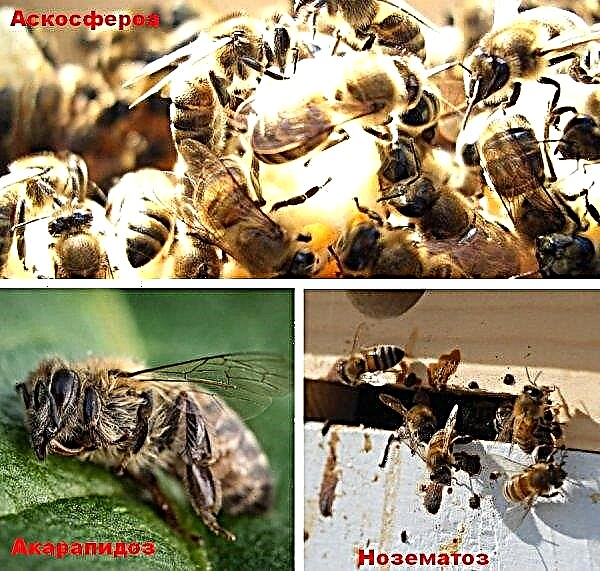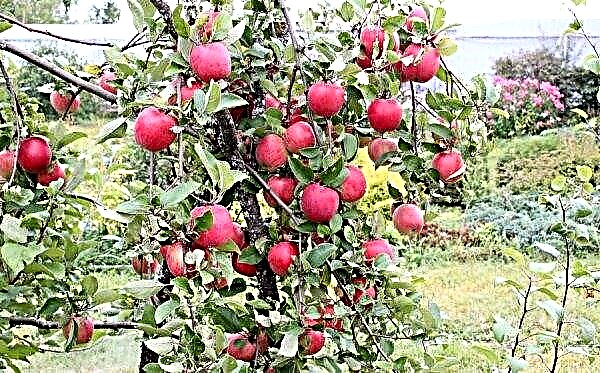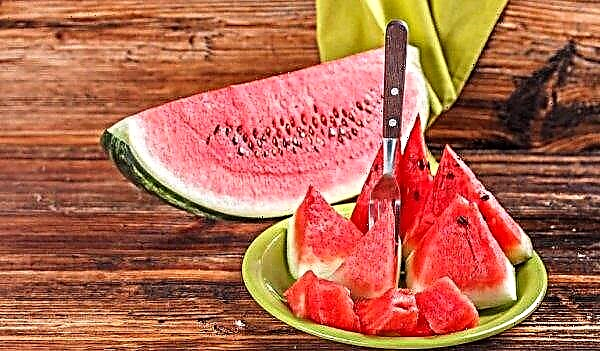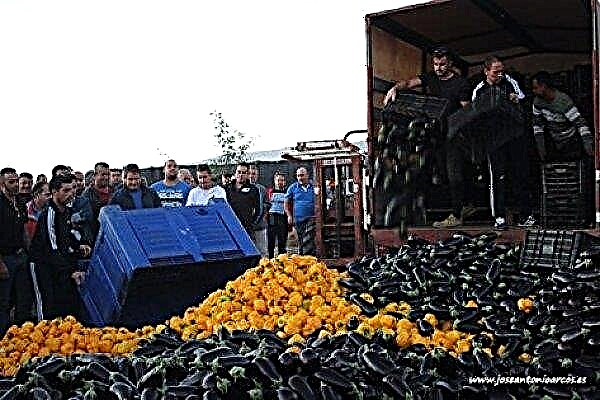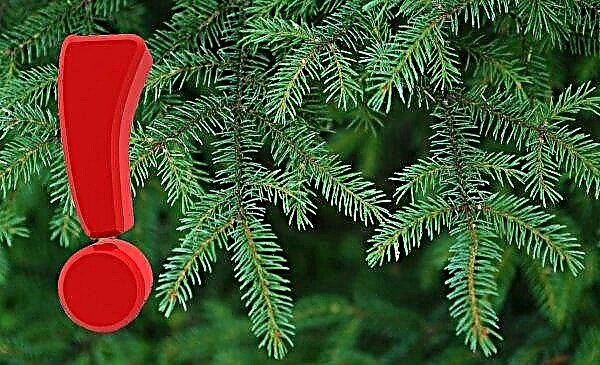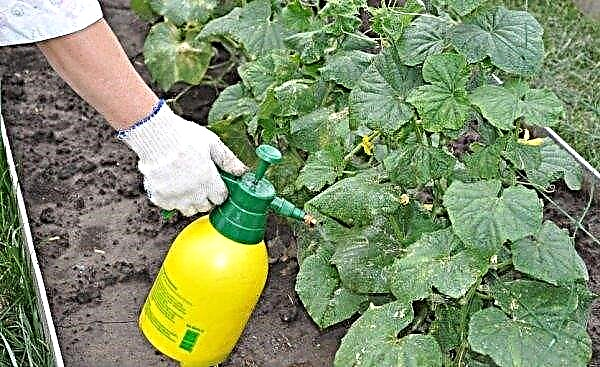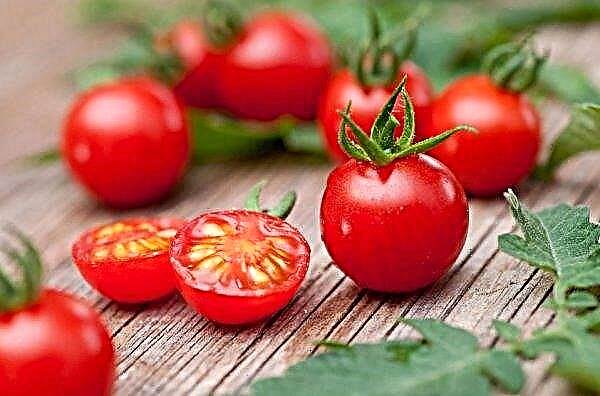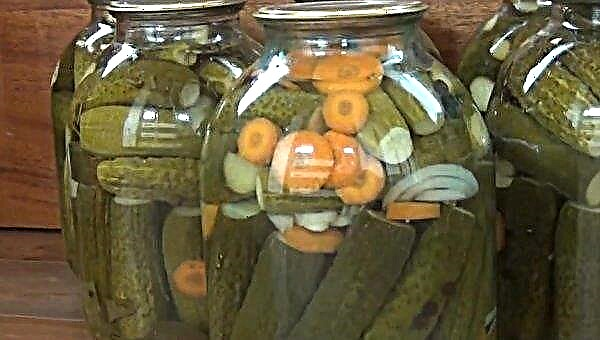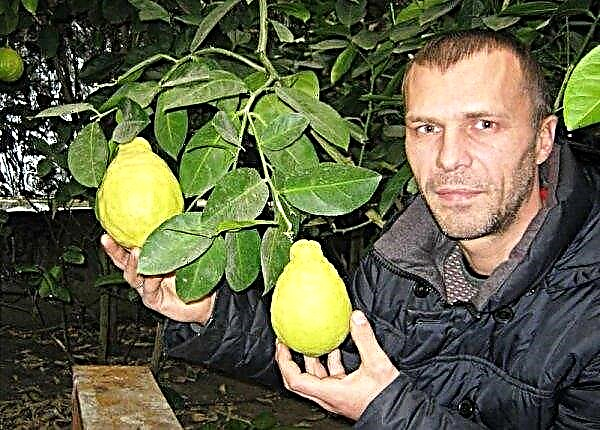Lavson cypress Ivonne (Ivonne) is often used for planting in parks and gardens for decorative purposes. The description of the evergreen, its use in landscape design, as well as the rules for caring for the conifer are set out below.
Botanical description of the plant
Lavson's cypress is a plant species belonging to the Cypress family, its brightest representative is the Yvonne variety. It is an evergreen coniferous tree that can reach up to 7 m in height. It has a fast pace of development, in 10 years it can reach 2-3 m of growth. The crown of this cypress tree has a conical shape, grows up to 3 m wide. Perennial shoots are brown, fan-shaped branched, grow straight.
Important! A cypress tree differs from cypress in smaller cones and flat branches - do not confuse these types of plants.
The bark is reddish-brown, thickened. The needles of the plant have a yellow tint, which in the shade turns into light green. Its structure is scaly, not sharp. Cones - ovoid or spherical in shape, reach 10 mm in diameter. The winter hardiness of the plant is regarded as high (up to –28 ° C), but if the winter is more severe, the cypress tree can change the color of the needles to orange with a brown tint, which will disappear with the advent of the thaw.
Landing
In order for Yvonne to develop well, it is necessary to think over its location in the garden in advance. For growing cypress suitable area with abundant lighting, sheltered from the wind. The plant is best planted on fertile soils with good moisture conductivity. A pit for landing is prepared in the fall.
To the middle of the hole, a depth of 50 cm and a width of 60 cm make a substrate consisting of:
- humus 3 kg;
- top, fertile soil 2 kg;
- peat 1 kg;
- sand 2 kg.
In the spring, with the onset of the thaw, you can begin to land:
- Loosen the soil in the hole.
- Dip a cypress seedling in the hole and carefully spread the roots along the earthen mound.
- To the top of the pit, fill the soil mixture from the earth mixed with 2 kg of peat and 2 kg of compost.
- Tightly compact the landing site.
- Water the plant with 7 liters of water.

Care
In order for the Yvonne cypress variety to develop well, it requires constant care.
Did you know? In the wild, the cypress can grow up to 70 m in height.
Plant care is:
- watering;
- timely feeding;
- sanitary pruning;
- prevention of disease and pest invasion.
If the gardener will perform all the procedures from the above list, then the cultivation of cypress will not cause problems.
Watering and feeding
In the summer, the plant needs abundant watering. Under each tree make 10 l of water once every 10 days. The crowns of young plants are irrigated with watering once every 10 days.
In the spring, with the onset of the thaw, the cypress is fertilized with Kemira, 150 g of which is introduced by scattering into the near-trunk circle. After the procedure, the plant is watered with 5-7 liters of water. At the end of spring, the tree is fertilized with nitroammophos. Under each tree make 30 g of the drug.
Pruning
The procedure is carried out in the spring. Crown formation is not required for these plants, unless the gardener wishes to make a curly haircut. Sanitary pruning should be done every year. Remove dry, broken, improperly growing and damaged branches of the disease. After the trimming procedure, the sections are cut with garden var.
Important! Cutting tools should be sanitized and sharp so that during the procedure, do not bring the infection into the places of cuts.
Loosening and mulching
After each irrigation and rain it is necessary to loosen the soil near the trunk. The procedure will help saturate the soil with oxygen and prevent the formation of mold on the rhizome. Mulch the soil near the trunk is necessary 2-3 times a season.  As a mulch, you can take horse peat or sawdust. In the summer, the procedure will save the gardener from unnecessary work to remove weed grass, and in the fall it will be an excellent preparation for the winter period. A layer of mulch will retain the necessary moisture for the tree and warm the root system during the cooling period.
As a mulch, you can take horse peat or sawdust. In the summer, the procedure will save the gardener from unnecessary work to remove weed grass, and in the fall it will be an excellent preparation for the winter period. A layer of mulch will retain the necessary moisture for the tree and warm the root system during the cooling period.
Breeding methods
To propagate cypress, you can choose the method of cuttings. For this, young shoots of 5–15 cm long are cut in summer. Needles are removed from the bottom of the cuttings and inserted into containers with a substrate consisting of: coarse sand and peat in a 1: 1 ratio. For 2–3 months, the container with future plantings is kept in humid conditions at a temperature of + 25 ° С. By autumn, cuttings will form the root system, and they can be planted in open ground.
If for some reason the planting material is not ready for this period, then for the winter it is left in the same conditions, and planting is carried out in the spring. To propagate the cypress seeds, they must be collected in the fall and kept at + 40 ° C during the day.
Next, place the planting material in hermetic packaging. With the onset of winter, get seeds and place in a moist substrate of peat and sand mixed in a ratio of 1: 1 for 3 months at a temperature of + 3 ° С. After the expiration of the period, the tank with crops is moved to warmer conditions and kept at a temperature of + 18 ° C until the first shoots appear.
Possible diseases and pests
The most dangerous disease for the variety is a fungal infection - late blight. The disease develops especially rapidly at temperatures from +8 to + 20 ° C during a period of heavy rainfall and stagnation of water near the trunk of a plant. It manifests itself in the death of individual, completely healthy shoots.
Moreover, the root system of a diseased plant has long been under the influence of a fungus. It begins to rot from the tips, gradually covering the entire area of the root system. During this period, the upper part of the tree gradually fades, changes color to gray and dies.
The control of late blight:
- Removing and burning fading plant parts.
- Spraying with the drug "Aliet" 0.5% in the amount of 1 liter per plant.
Cypress can attack pests such as aphids and mealybugs. Aphid is a small insect, reaching only 4 mm in length. The pest quickly settles on the branches of the plant and sucks out the juice from them, which leads to their wilting and drying out.
Fighting aphids:
- Removing the needles on which insects are placed.
- Irrigation with a soapy solution prepared from 100 g of soap and 10 l of warm water.
Hearts can reach 12 mm in length. They quickly move along the trunk and branches of the tree, leaving behind a whitish coating. Worms suck juice from shoots and needles, which leads to slow growth and wilting of the plant.
Fighting Worms:
- Manual removal of insects from branches. They are cleaned from the surface of the cortex using a cotton swab dipped in soapy water.
- Spraying with Fitoverm (2 ml per 1 liter of water).
Use in landscape design
Cypress tree is a beautiful coniferous tree, which is suitable for decoration of a personal plot or city square. The plant looks beneficial as a hedge. Its landings perform not only an aesthetic function, but also act as a soundproofing yard, and also prevent the movement of dust on the site. Lavson Yvonne cypress looks great as a single landing. It is placed on the edge or at the entrance of the house, near the fountain and in expositions with stones. Also, the plant is planted next to roses and berry bushes, thus creating a composition of different shades.
Lavson Yvonne cypress looks great as a single landing. It is placed on the edge or at the entrance of the house, near the fountain and in expositions with stones. Also, the plant is planted next to roses and berry bushes, thus creating a composition of different shades.
Did you know? The needles of a cypress tree fill the air with phytoncides, which kill pathogens and have beneficial effects on the human respiratory system.
Lavson Yvonne cypress variety is grown to create beautiful scenery on the site. In order for the plant to develop correctly, it is necessary to choose a suitable site and regularly take care of the coniferous.

